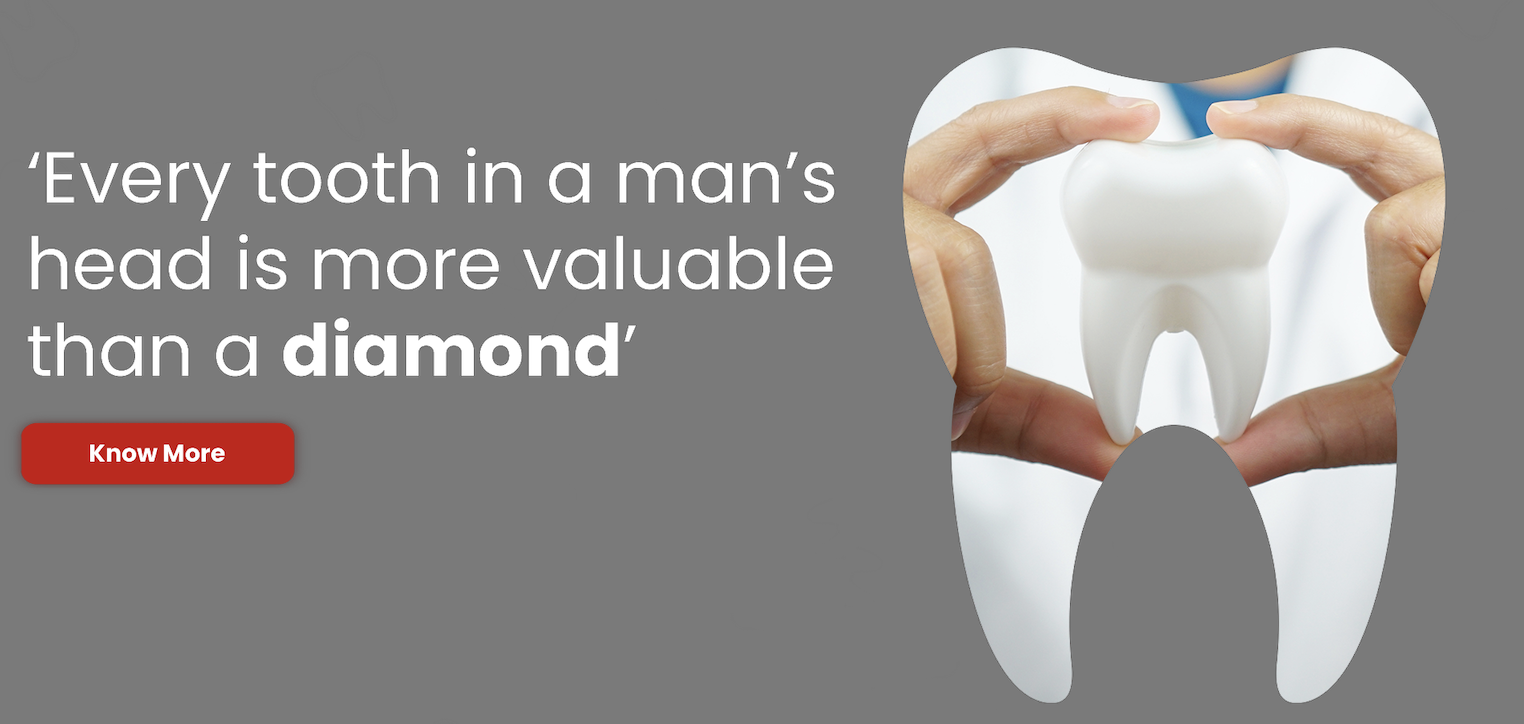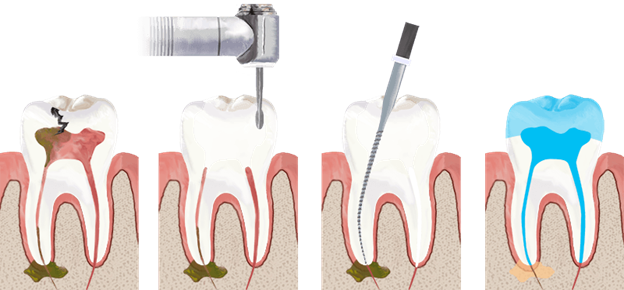When you walk into a dentist’s office, you probably don’t think much about the materials they use to treat your teeth. You might notice if they have high-end televisions in their waiting room or artwork on their walls. But when it comes to what your dentist does with your teeth, again, you probably don’t think about the materials used or the implications of those materials. If you do some research, however, you’ll find that there is an ongoing debate regarding dental filling. Which is better: having mercury tooth fillings or not having them at all? We’re going to explore these questions and more in this article so that you can make an informed decision!
What are Mercury Dental Fillings?
Dental fillings, or dental restorations, are materials (usually a composite or ceramic compound) that are used to repair decayed or damaged teeth. The two most common types of fillings are composite tooth-coloured fillings and silver amalgam. Mercury fillings are being used since the late and these get their name because they contain quicksilver.
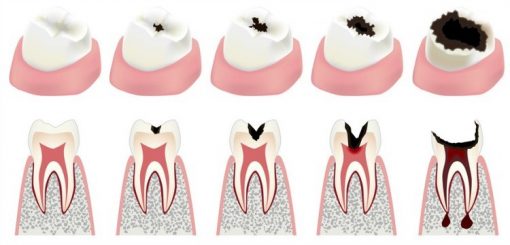
When mercury fillings are placed in a person’s mouth, the material is mixed with a special kind of glue called dental cement. This dental cement hardens into a substance that fills in the space where teeth have decayed or been removed. A typical amalgam filling can last for ten or twelve years before it needs replacement.
How is Mercury Dental Filling made?
Mercury fillings are made in a process that involves the use of mercury vapours. When mercury vapours are inhaled, the quicksilver gets deposited in bodily tissues such as the liver, kidneys, and brain. This is why many people oppose the use of mercury fillings, as there are serious health hazards associated. When mercury fillings are being made, the vapours are released into the air.
The dentist will then use a special type of mask to protect his or her mouth and lungs from inhaling those vapors. There are two ways that mercury fillings can be made. One is the “in-mouth” technique in which the dentist places a small amount of mercury in your mouth. For this method, the dentist places a rubber dam inside your mouth so as not to swallow or inhale any mercury.
Pros of having Mercury Dental Fillings
They are easy to place: As mercury fillings are still the most commonly used kinds of fillings, you can expect your dentist to have a lot of experience placing them.
Affordable: One of the primary reasons people choose dental amalgams over other dental filling options is due to the fact that these are very cost-effective. This makes it an ideal option for people who want to cover tooth decay quickly with affordability in mind.

Chew as much as you want: Due to the durable nature of amalgam fillings, patients can easily chew on most foods without the worry of breaking the filling as compared to other options such as ceramic or composite fillings.
Durable Material. Dental amalgams are made with robust components which makes these fillings very durable. It is able to withstand a lot of wear and tear. Typically, these fillings can last about ten to twelve years before you would require a replacement by a dentist.
Cons of having Mercury Dental Fillings
They are damaging to both your health and the environment. The main reason that people oppose mercury fillings is because of the health hazards associated with them. Mercury is a potent neurotoxin, with high levels of mercury in the body being toxic to the nervous system, brain, kidneys, and liver. It is known to cause damage to the kidneys, liver, and neurological system, and can even cause death.
When mercury fillings are placed in a person’s mouth, the material is mixed with a special kind of glue called dental cement. This dental cement hardens into a substance that fills in the space where teeth have decayed or been removed. When this occurs, large amounts of mercury vapour are released and inhaled by the person. This means that mercury fillings are poisonous for both the individual who has them and the environment.
It can cause teeth discoloration. Amalgam fillings are usually silver fillings that can get darker as time passes. This is the reason most people have them installed exclusively at the back of their mouth.
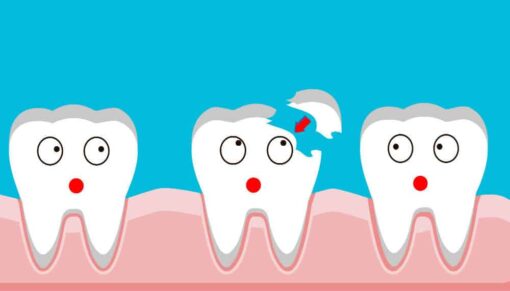
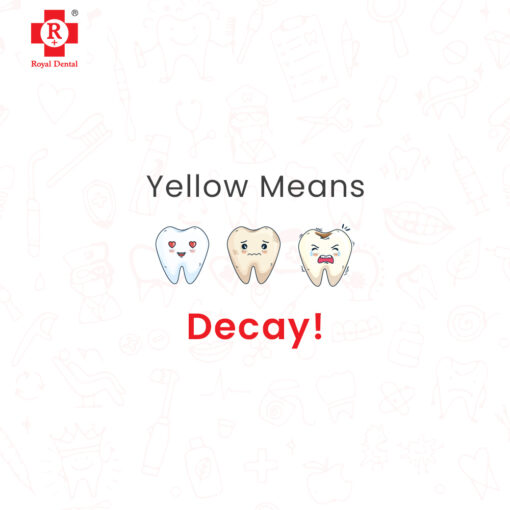
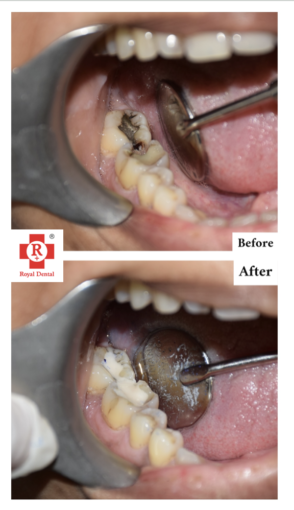
May can weaken the teeth. Another major concern of mercury fillings is that they can weaken the tooth. This usually happens because a portion of some tissue of the tooth has to be removed first in order to install these fillings. This means the remaining teeth can get damaged or weakened.
Your teeth may get stained. Amalgam fillings are the only types of fillings that can cause stain around the teeth and will require tooth stain removal in order to remove the stains. The stain removal procedure is also tougher because the dentist will have to remove the filling first to clean the stains.
What are Ceramic Dental Fillings?
They are a type of tooth-coloured filling that is used to repair cavities and tooth decay. These stuffings are made out of a ceramic material that is placed inside the tooth and hardened with acid treatment. Because they are tooth-coloured, they are less noticeable than silver ones, which can be a great option for patients who are concerned about aesthetics.
The Bottom Line
As is evident from this article, mercury fillings have a lot of cons. They are damaging to both your health and the environment and lack the modern benefits that other types of fillings have. All things considered, it is probably best to avoid having mercury fillings. There are alternative types of modern dental fillings that you can put in your mouth instead. And for those who already have mercury fillings, you don’t have to live with them. You can have them replaced with more modern types of fillings.

